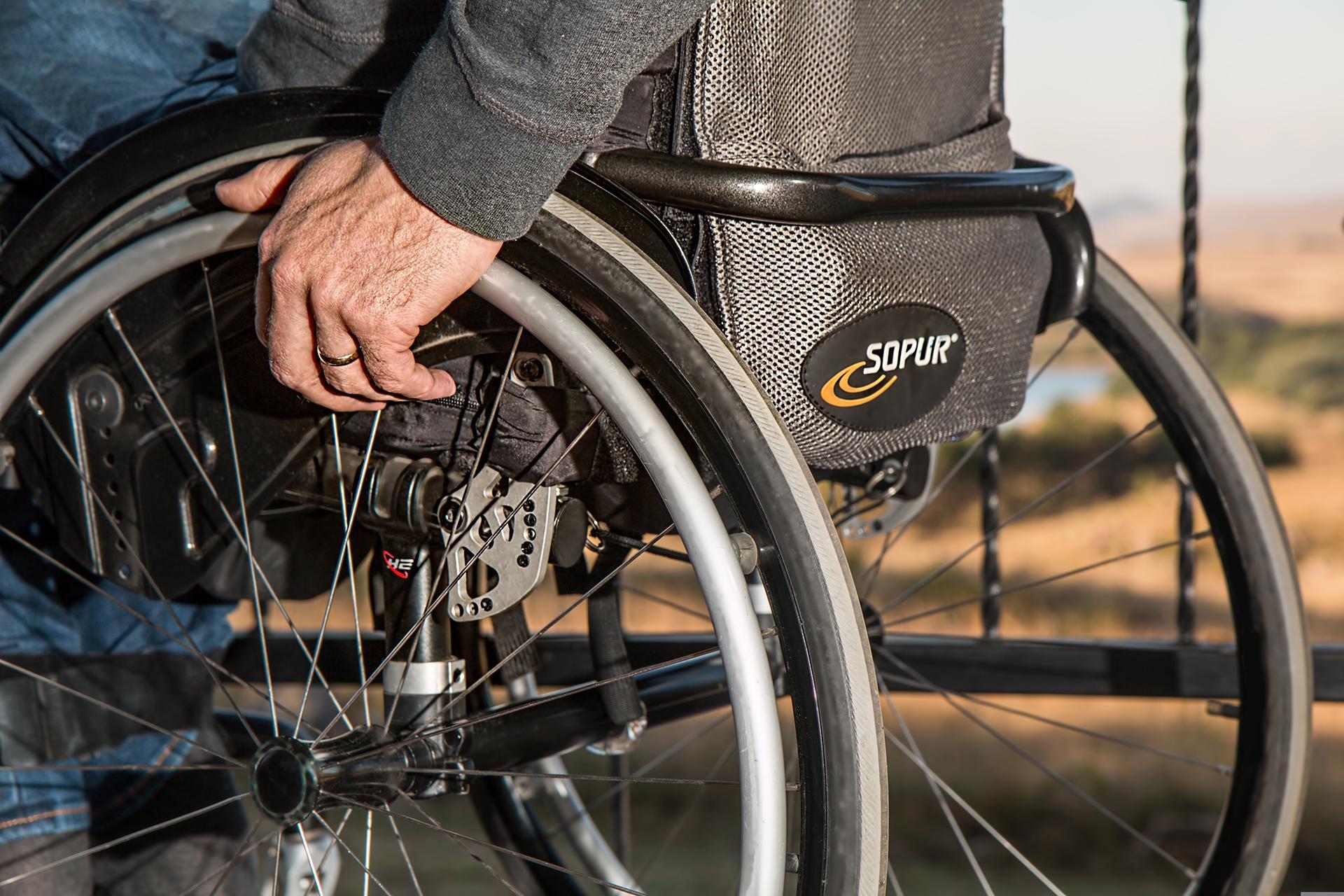Extrusions in Healthcare
Aluminum extrusions are well suited for use in healthcare environments. From surgical devices to diagnostics, aluminum is critical to a wide range of medical equipment. Aluminum's light weight, corrosion resistance, design flexibility, ease of machining and fabrication, speed to market, cost effectiveness, and durability make it an ideal option. From biomedical research to surgical operating rooms and the doctor's office, extrusions are an ideal application for equipment, instruments, and devices.
Precise Components
The aluminum extrusion process delivers a near-net shape, reducing cost and time compared to other manufacturing methods.
Extruded profiles can also be manufactured to tight tolerances, providing the precise dimensions needed for medical components and instruments.
Finally, extruded aluminum components are safe – non-sparking, free of red-list materials and off-gassing, corrosion resistant, and easily disinfected.
Here are just few examples of how aluminum extrusions are used in the healthcare industry.
Patient Care
- Beds
- Patient Positioning Systems
- Equipment Stands, Carts
- Cubicle Curtain Tracks
- Service Panels and Electrical/Utility Raceways
- Corridor Crash/Hand Rails
- Surgical Lights
Diagnostic/Treatment
- Surgical Instruments
- Radiation and Medical Imaging
- Equipment Mounting/Positioning
- Suction And Oxygen Therapy Equipment
- Medical Testing Equipment
Durable Medical Equipment
- Walkers
- Wheelchairs
- Crutches and canes
Structures
- Field Hospitals
- First Aid Tents
- Drive-thru Testing Stations
Radiation Oncology Equipment
When a failing steel coupling threatened to derail a sophisticated radiation oncology system's industry-leading reliability, the company looked to aluminum extrusions to provide an immediate solution. The new aluminum couplings were extruded, machined and hard-coat anodized, increasing wear resistance and simplifying mating assembly for an intended snap-fit design.
Image: © Accuray
Extrusion Reduces Costs & Time
The design team identified slight variations from the original design that would improve the part's overall strength and durability and assure repeatability from the tooling. The leaf, coupling and another redesigned component easily snapped together and cut the assembly labor by 30 to 60 minutes for each completed assembly.
Using an aluminum-extruded part also cut component manufacturing costs by nearly 90 percent and took only a quarter of the time to produce. And because of the couplings' snap-fit geometry, the company also was able to eliminate a tool previously used for assembly.
Download Our White Paper
At this time of extreme health concern, specifiers must carefully consider how material choices may impact the spread of viruses, bacteria, and infectious diseases in healthcare facilities and other public spaces. Download the White Paper, "Aluminum Extrusions: Viruses & Bacteria" to learn how aluminum may reduce the spread of viruses and bacteria.
Lift Systems
Ceiling track and lift components are used in motorized lift systems for the the physically challenged. The ceiling lift system featured in the AEC Aluminum Extrusion Showcase Newsletter , provides physically challenged people with independence and security thanks to the durability, lightweight, strength, and aesthetic qualities of extruded aluminum. More information at www.handimove.com.
Automatic Patient Repositioner
Aluminum extrusion plays a part in many advanced healthcare technologies, but the patient repositioner is one of the best examples demonstrating an innovative way in which aluminum extrusion can be utilized in the medical equipment industry. The benefits of the system are many, thanks to the superior design using aluminum extrusions. With the patient repositioner it takes a single caregiver 10 seconds and the push of a button to reposition a patient easily and comfortably in the bed.
The repositioner uses a special sheet that rolls into the aluminum housing, pulling the patient back up to the top of the bed.
The unit is comprised of seven unique aluminum extrusions that include two cavities: one that houses a roller that repositions the sheet, and one that houses the motor, clutch, circuitry, and power supply.
According to the designer of the repositioner, creating a chassis that can handle the 600 in/lbs. of torque and still be small enough to fit under a cutout in the mattress made extruded aluminum the natural choice. Other advantages included extruded aluminum's recyclability, strength-to-weight ratio, low tool cost, reduced parts, and more.
Ready to get started? Find an extruder


